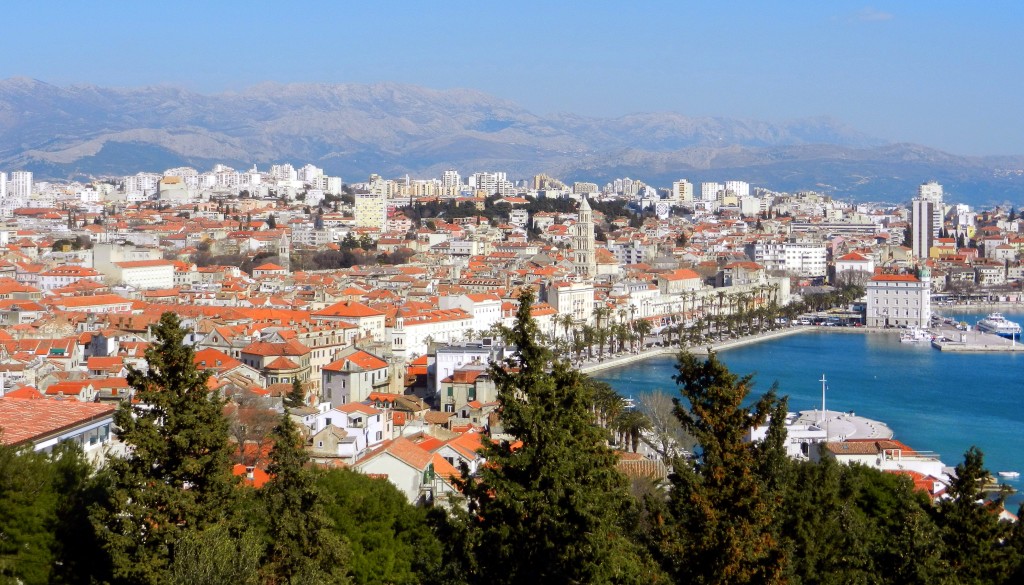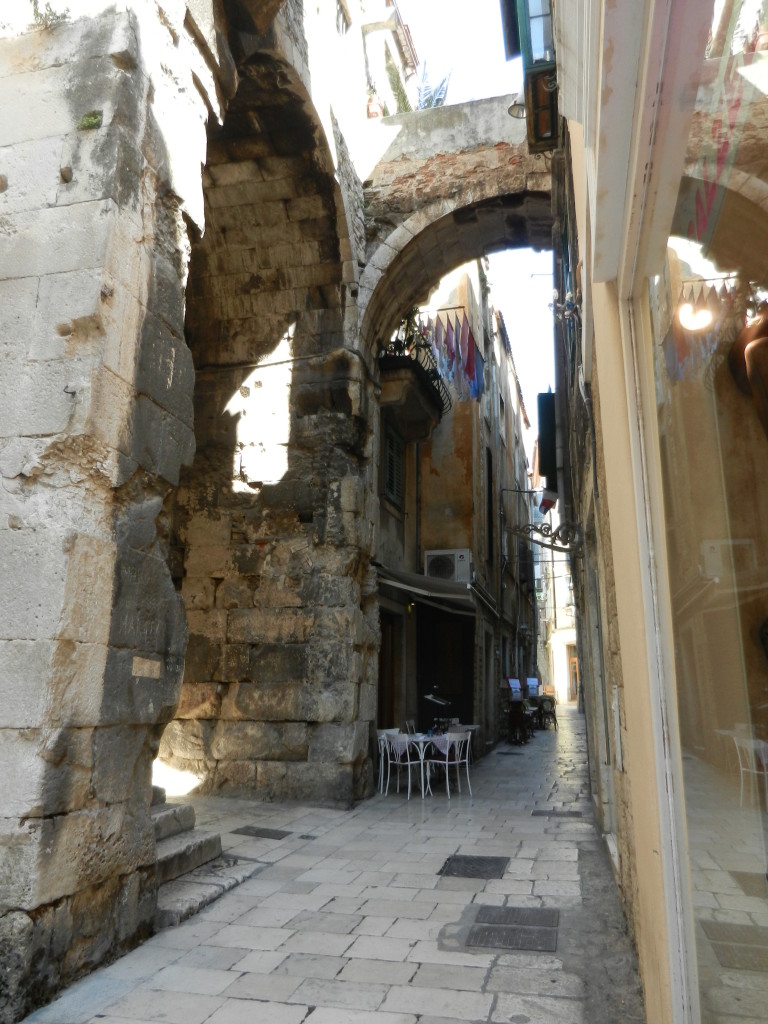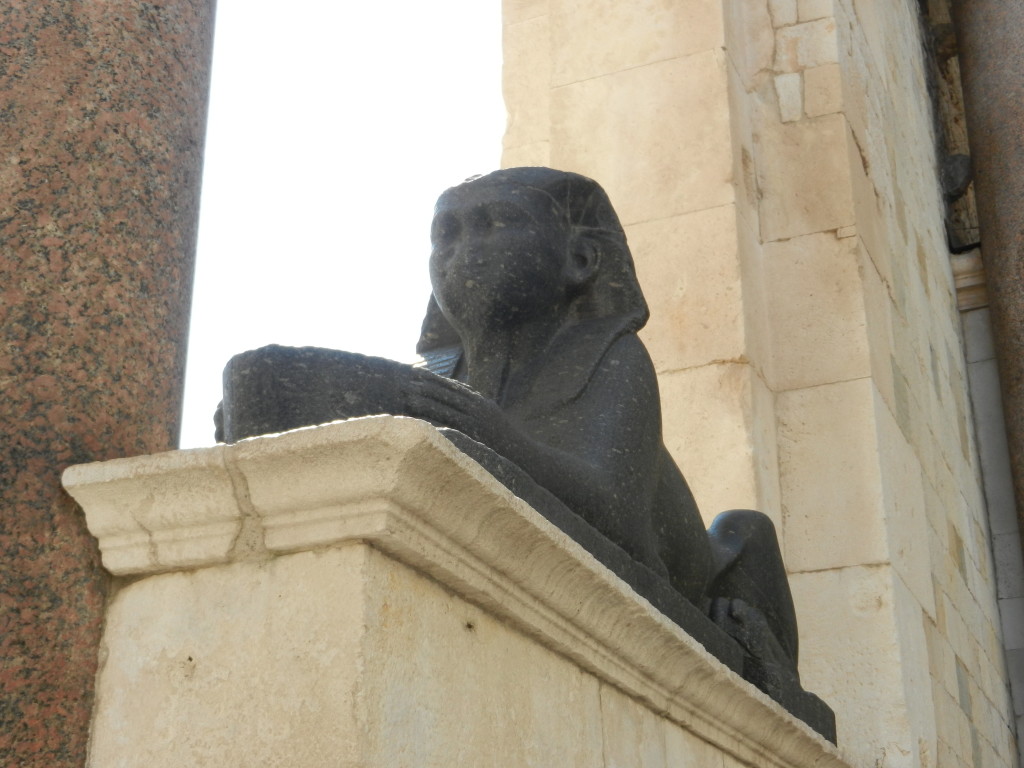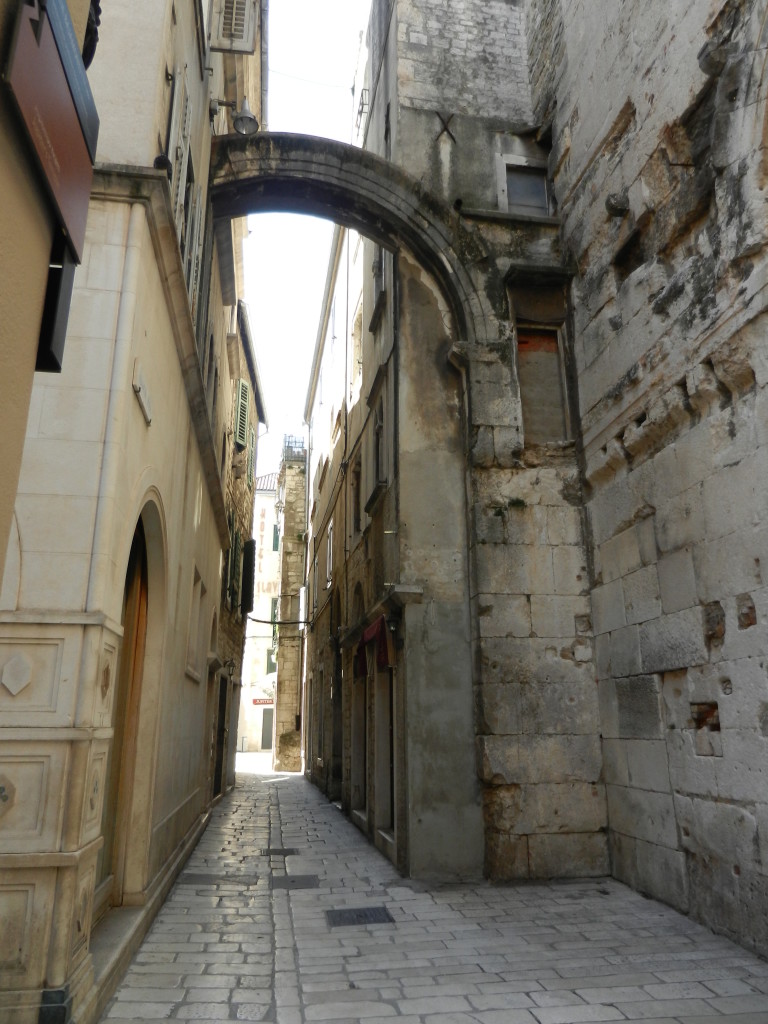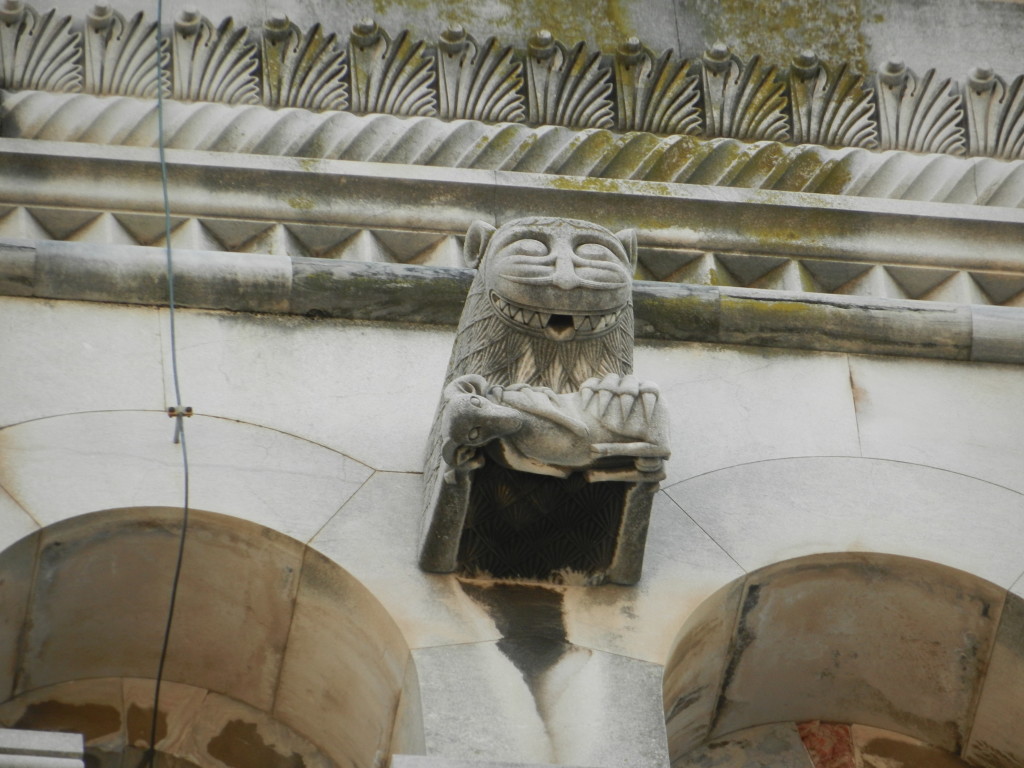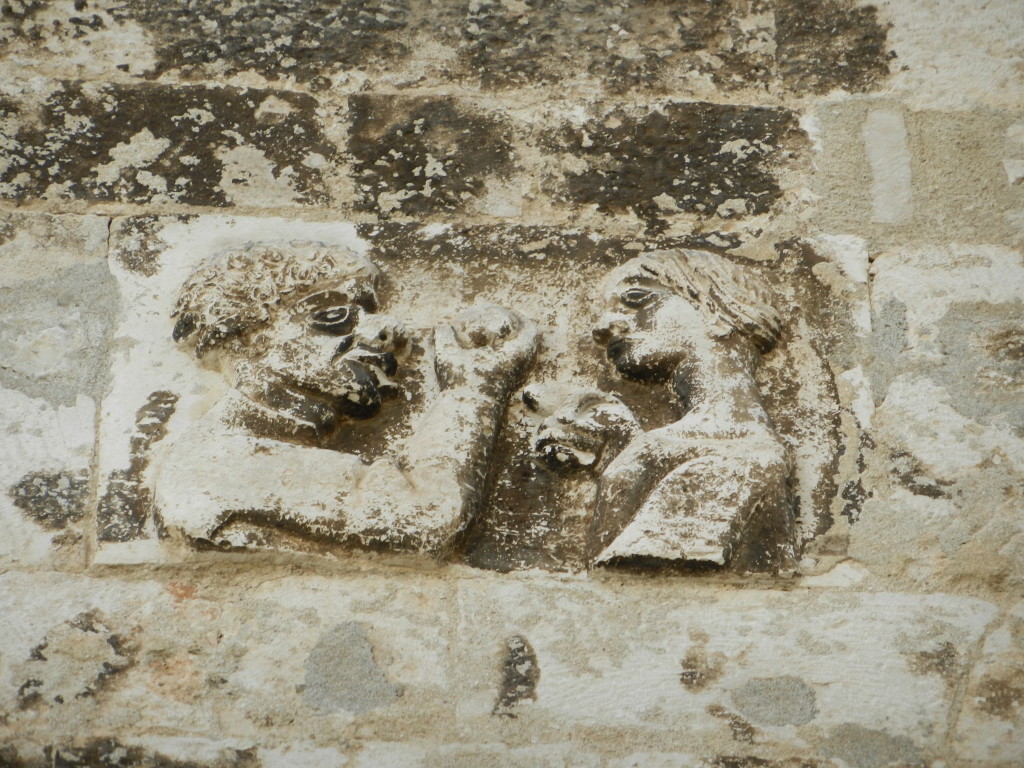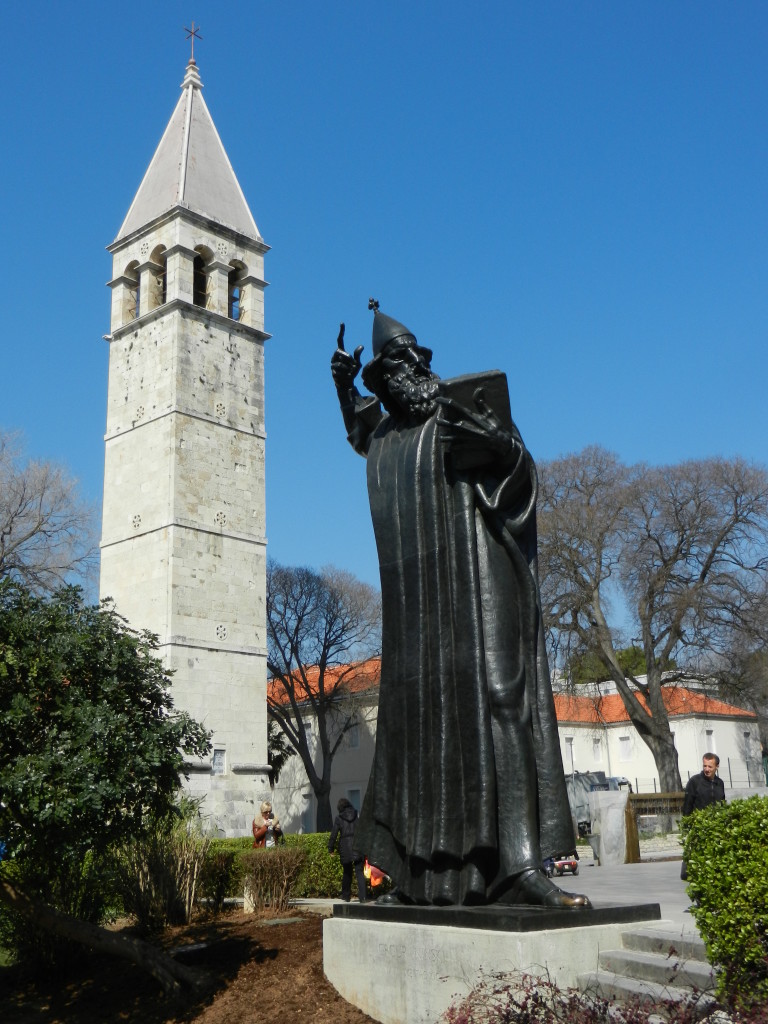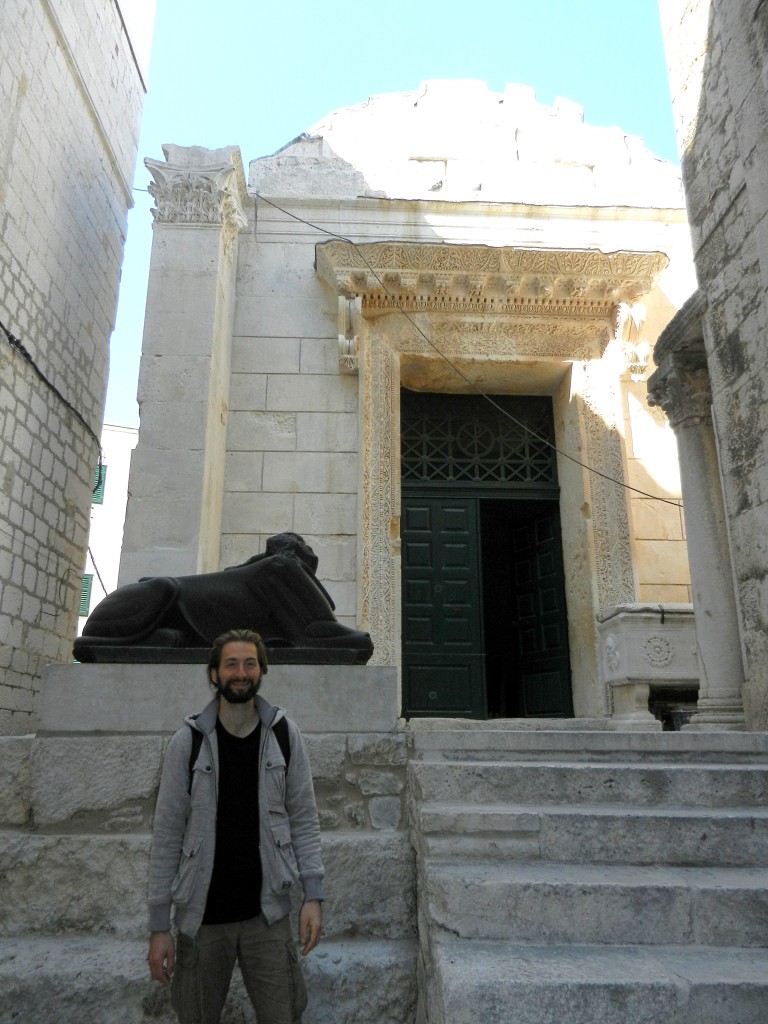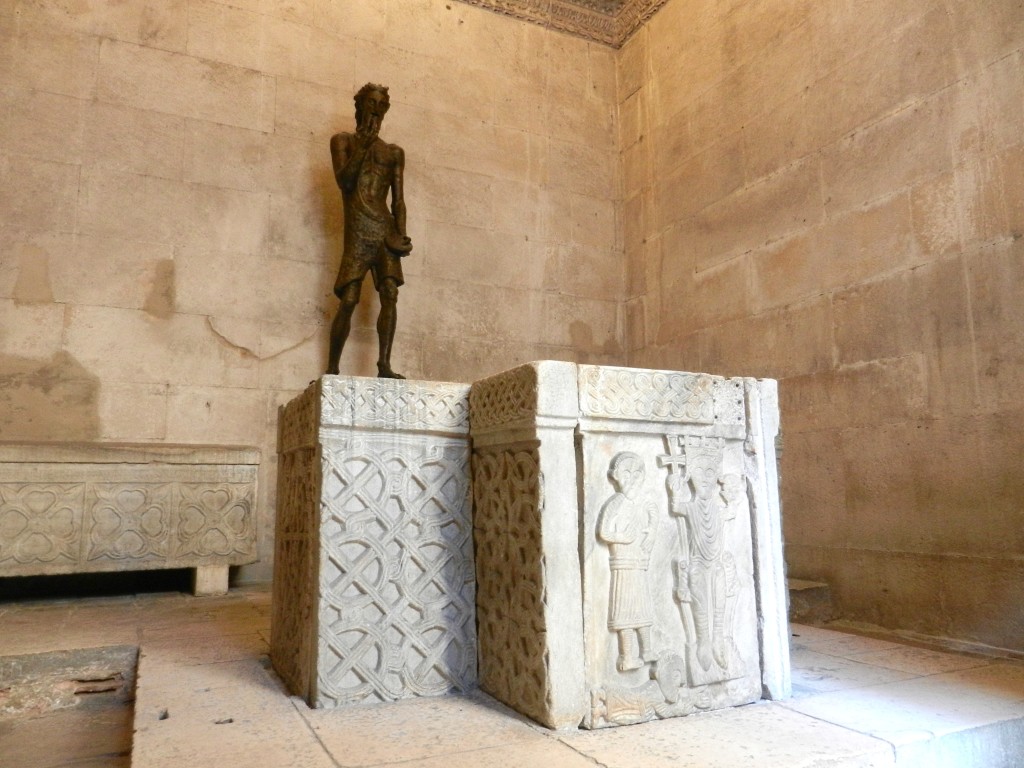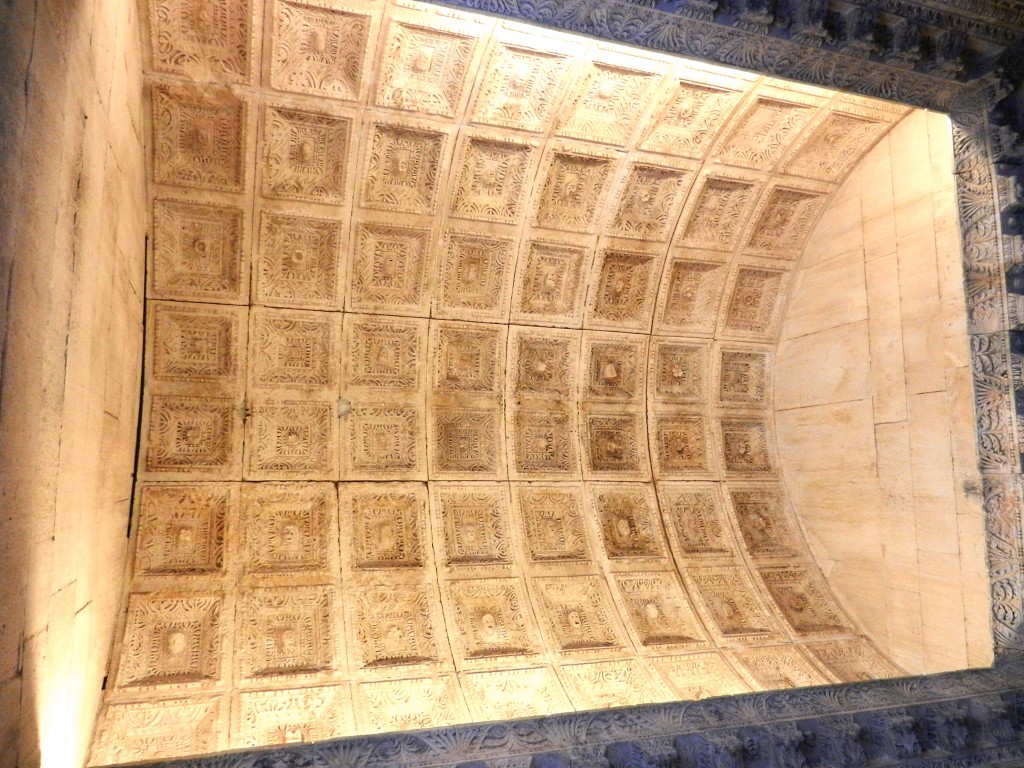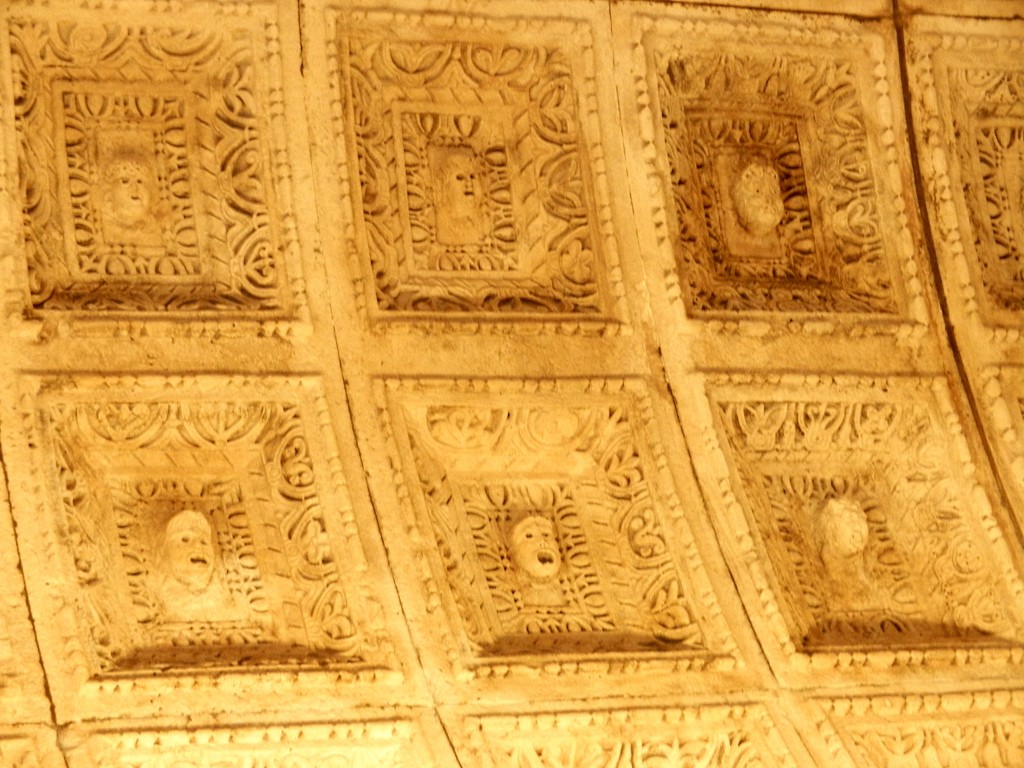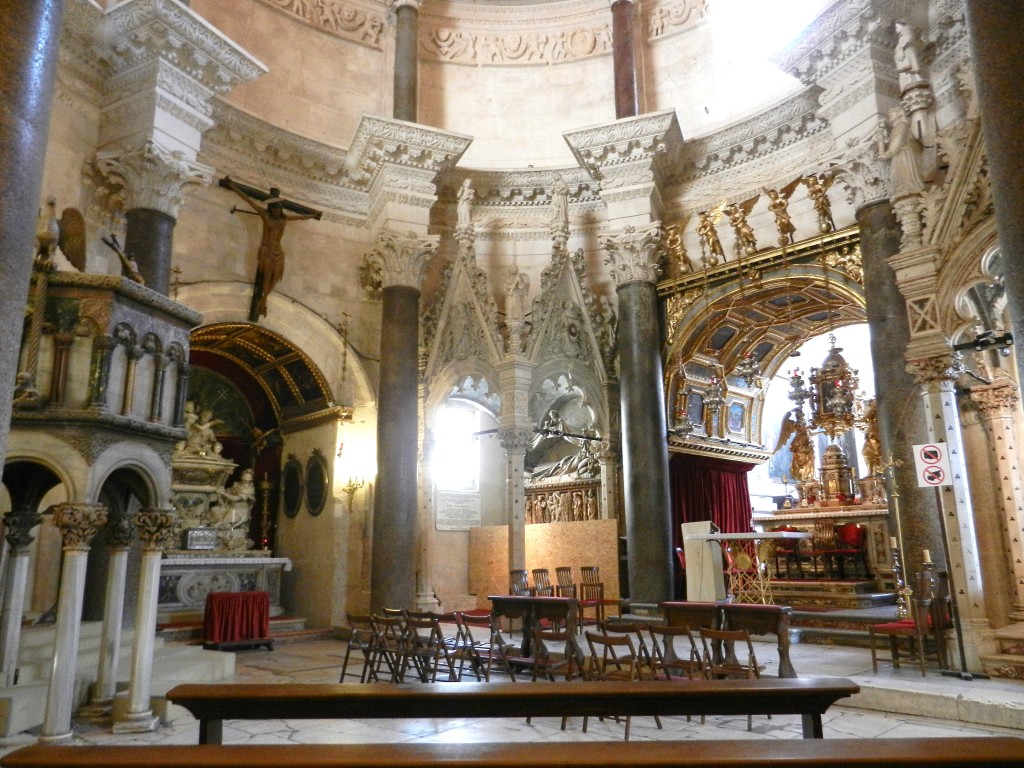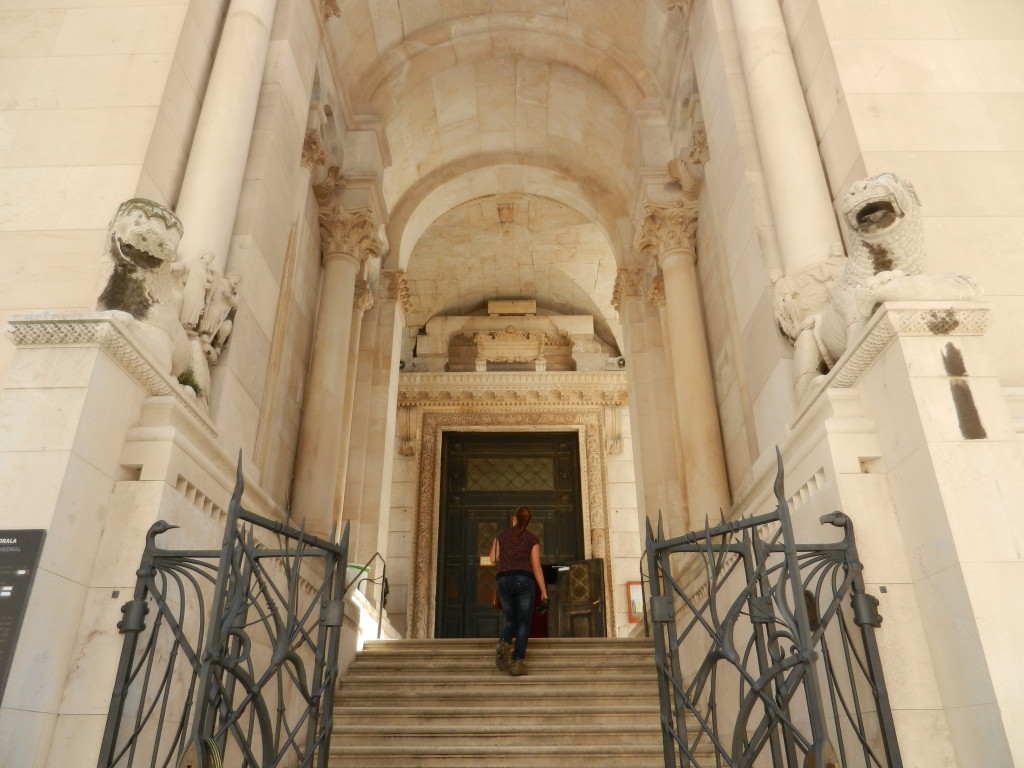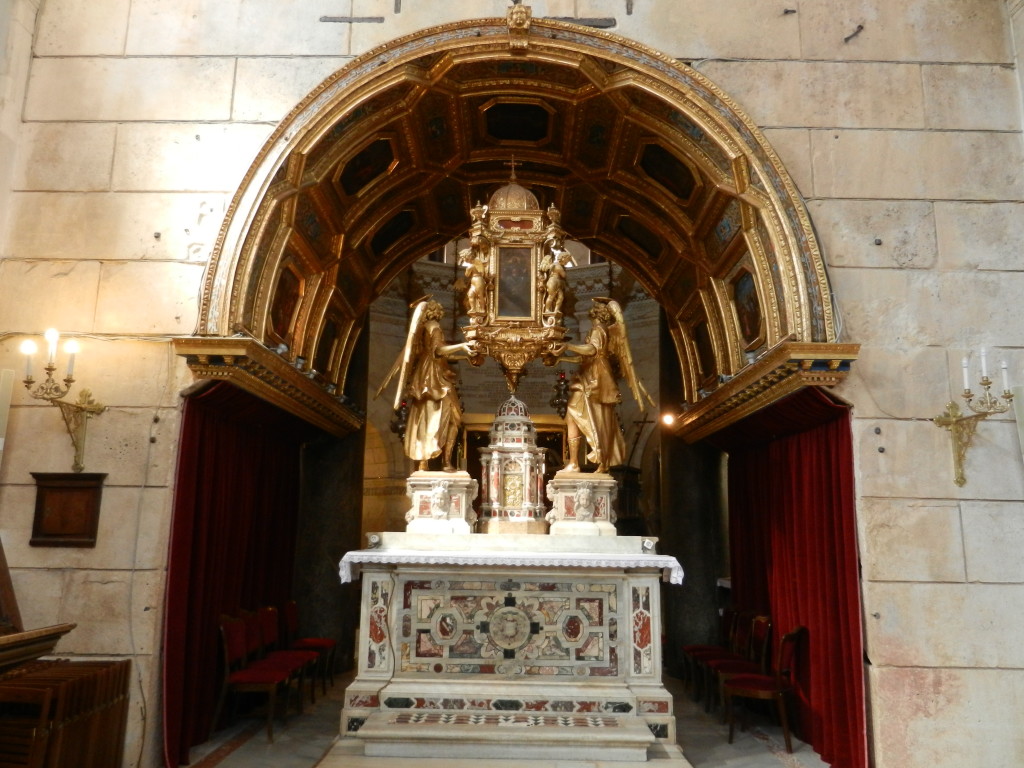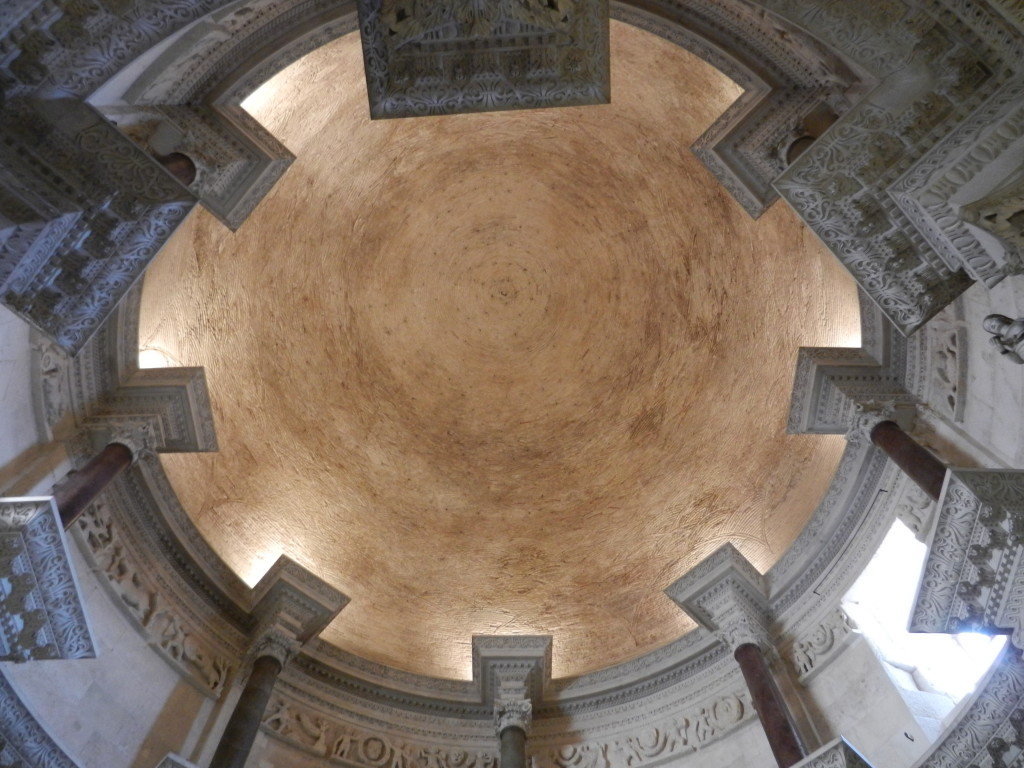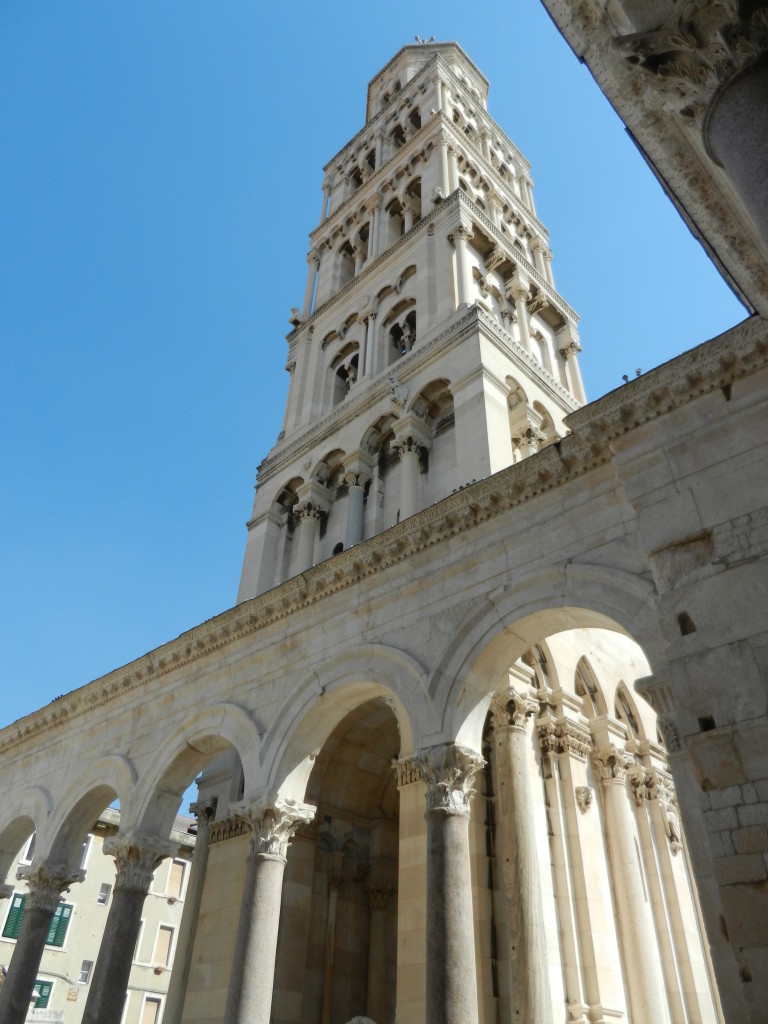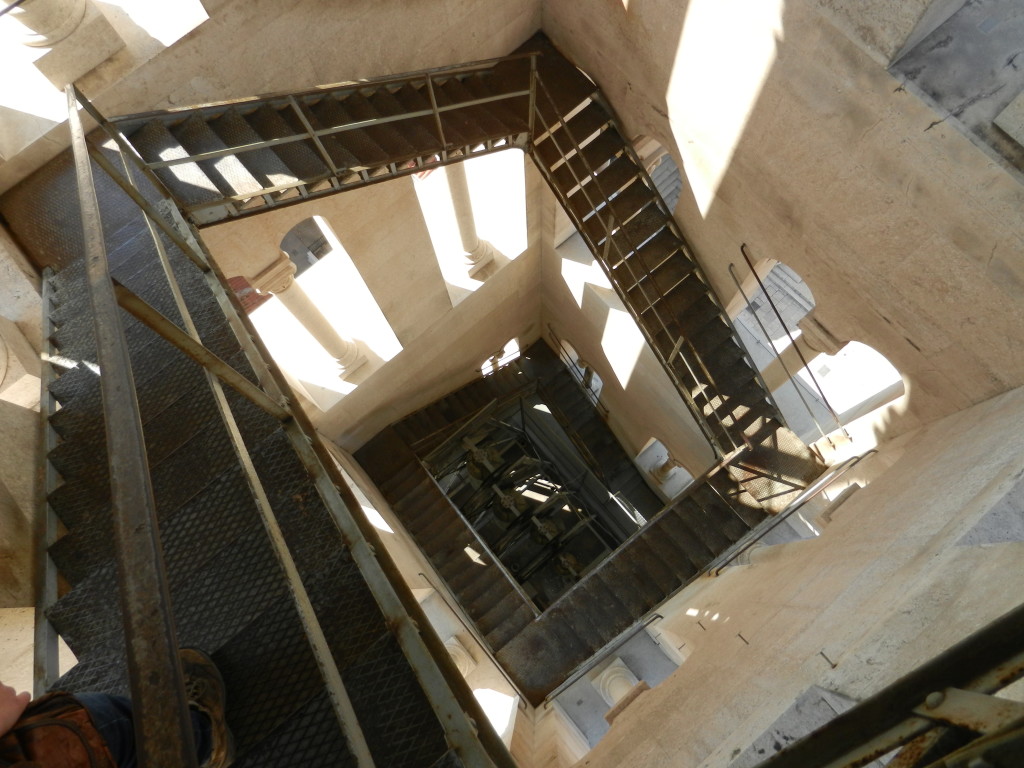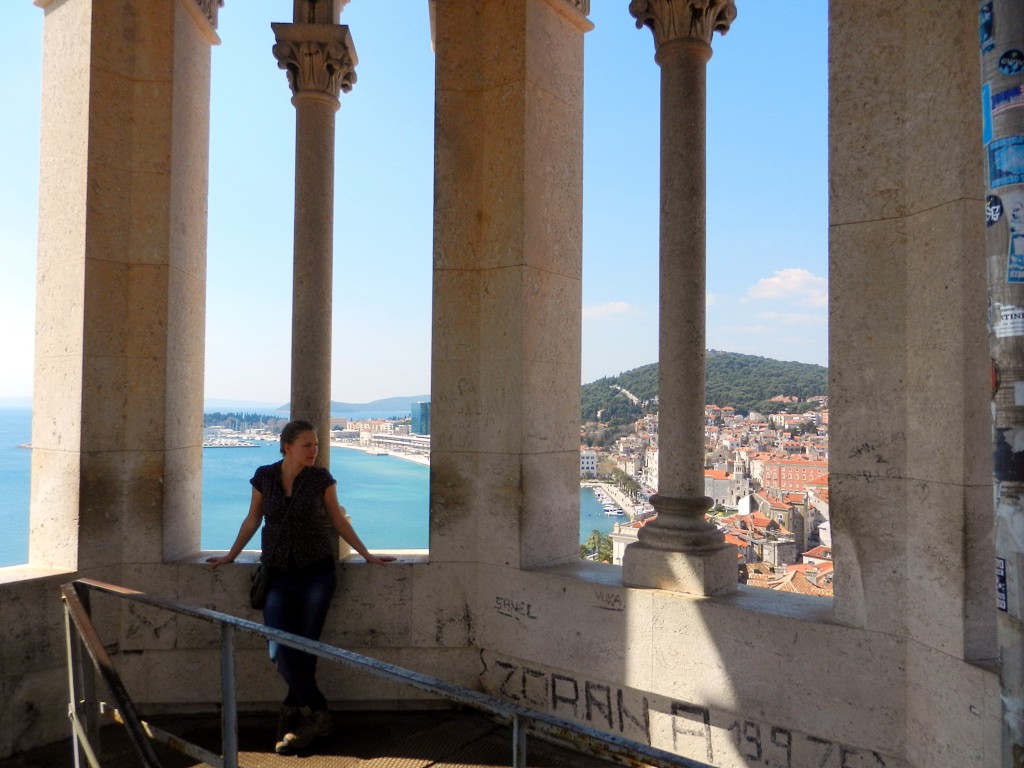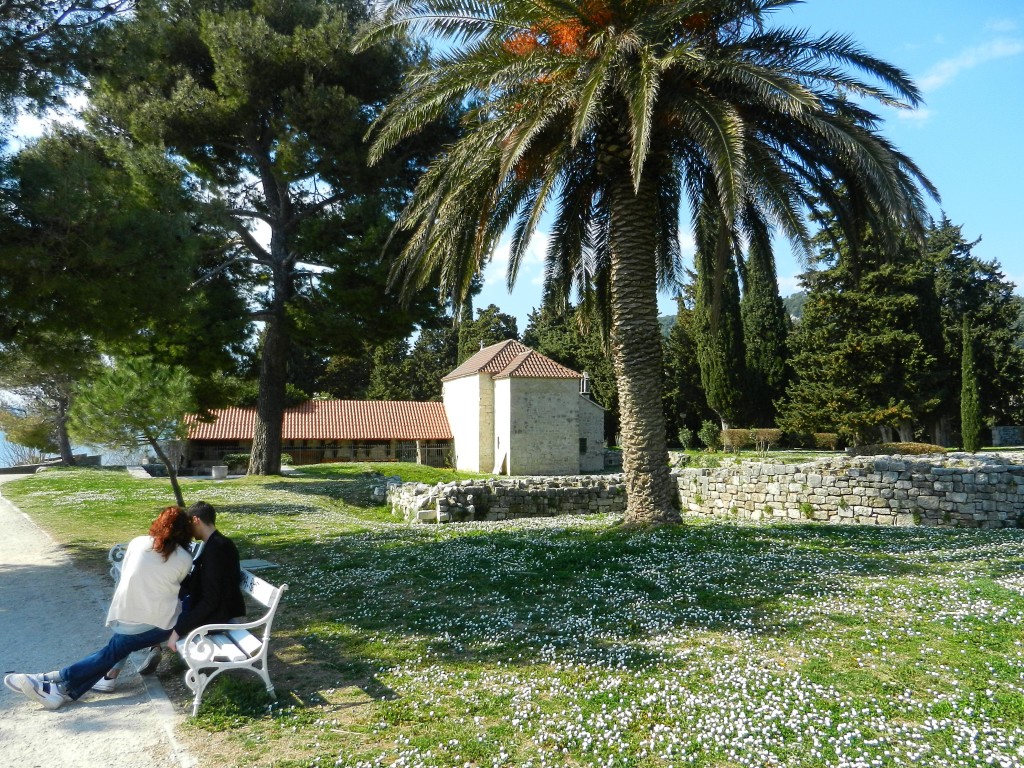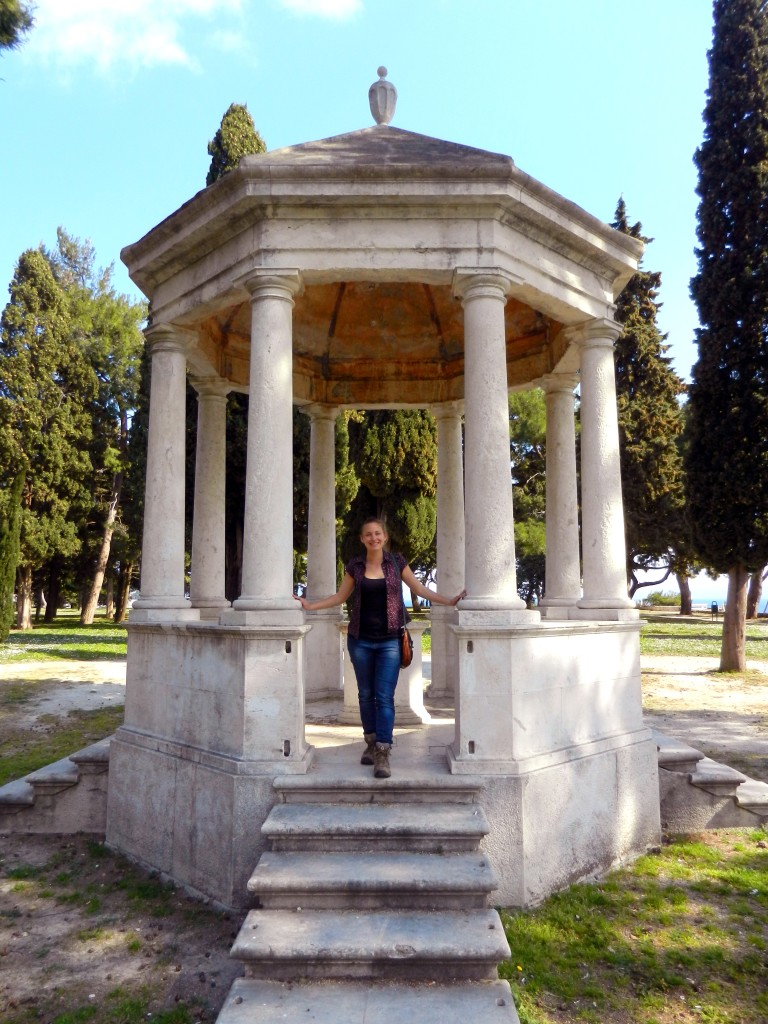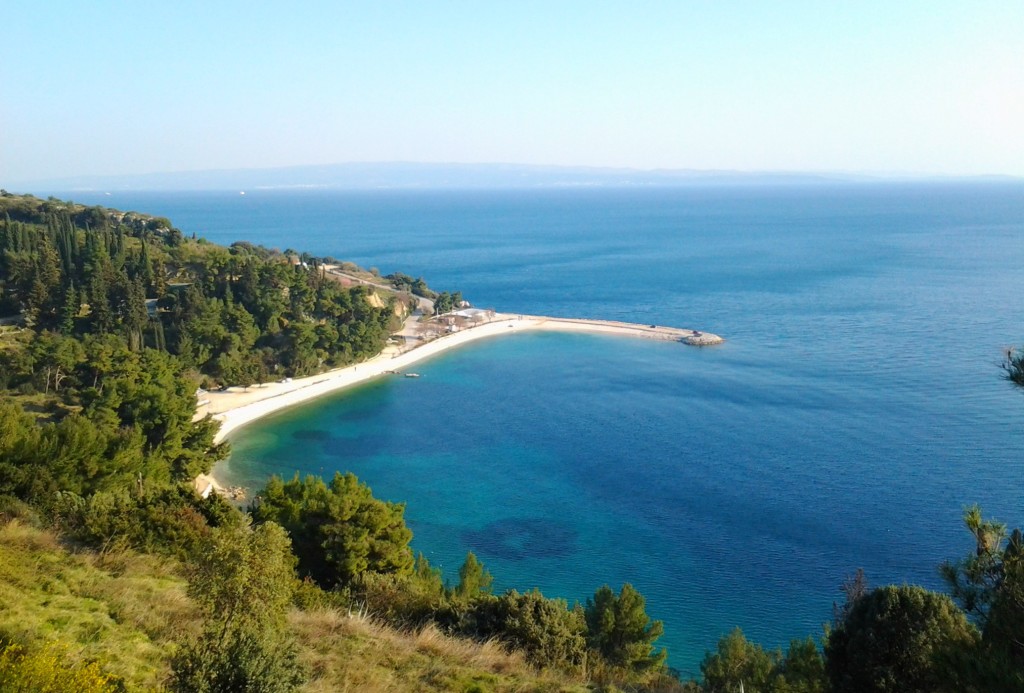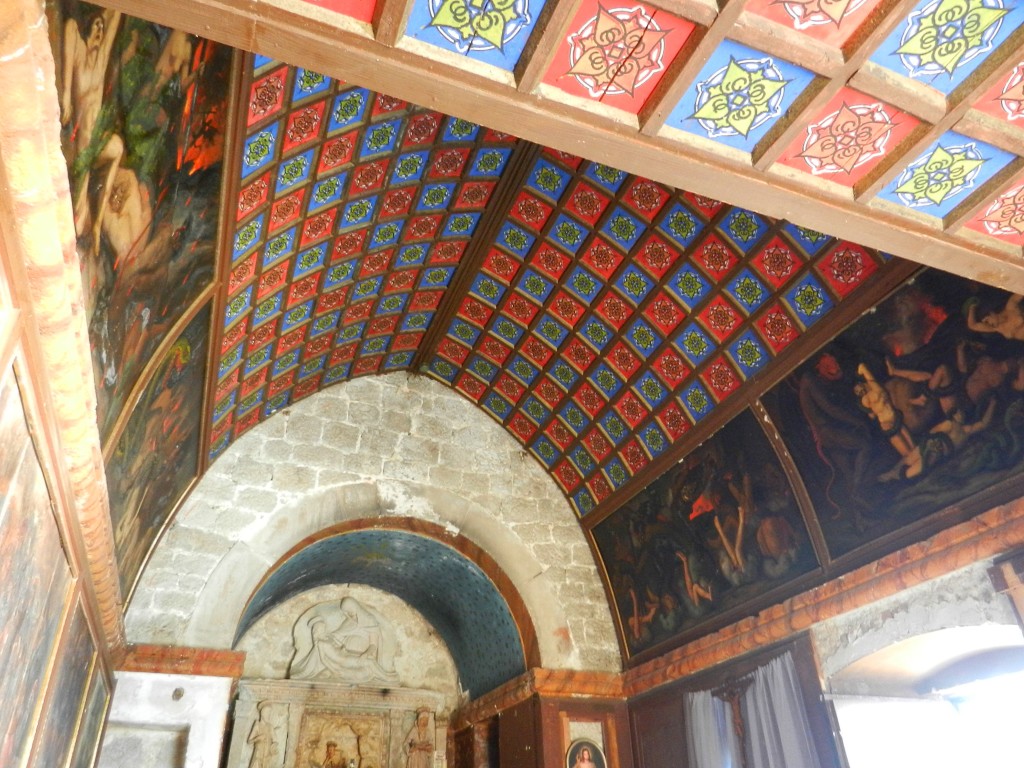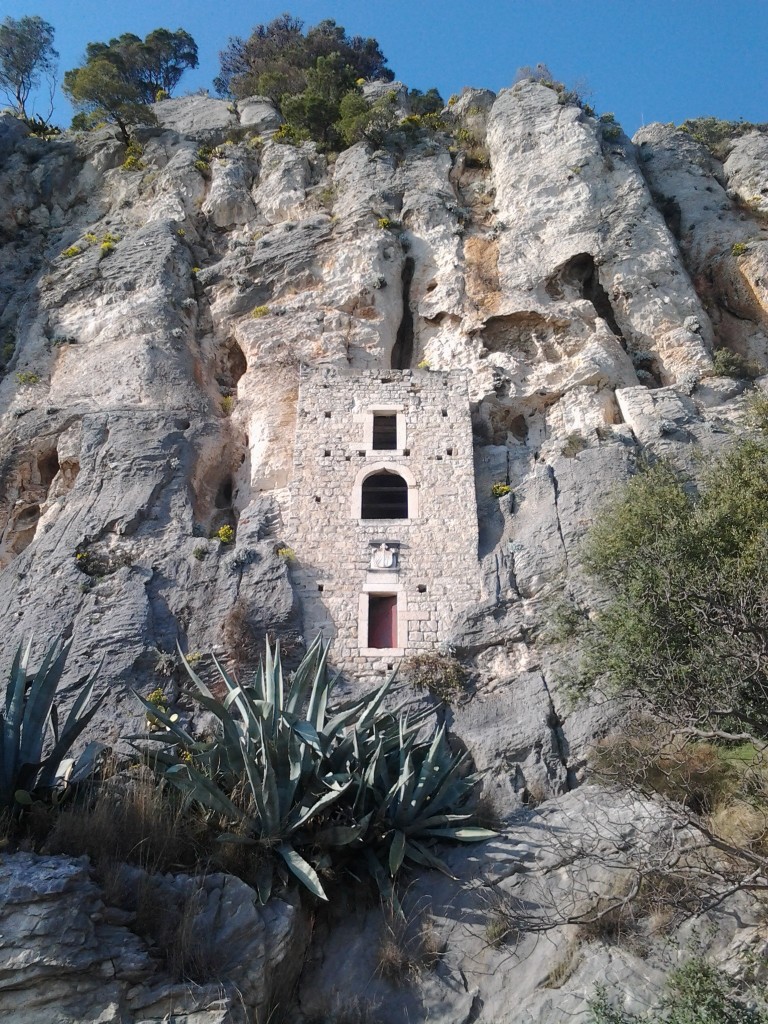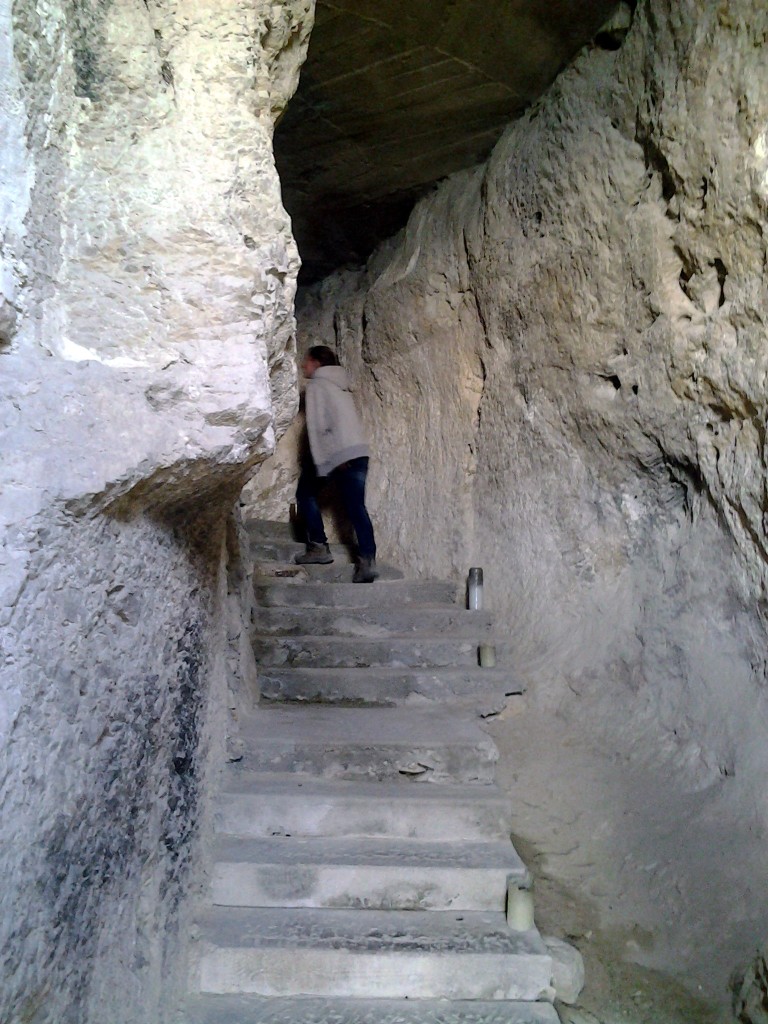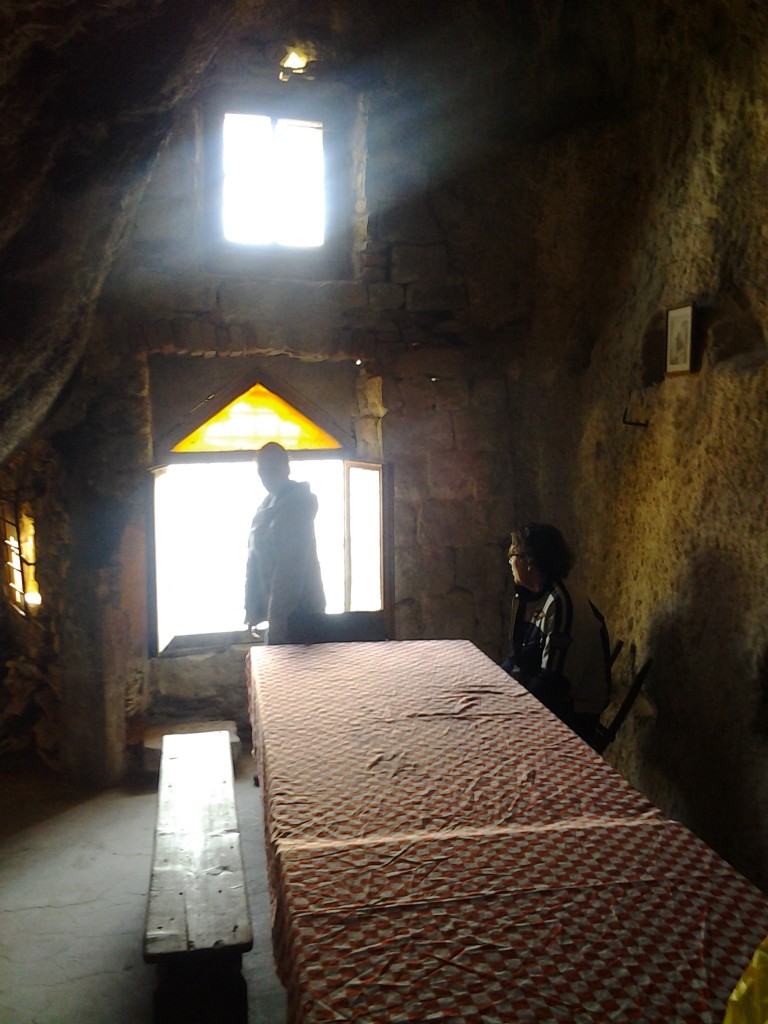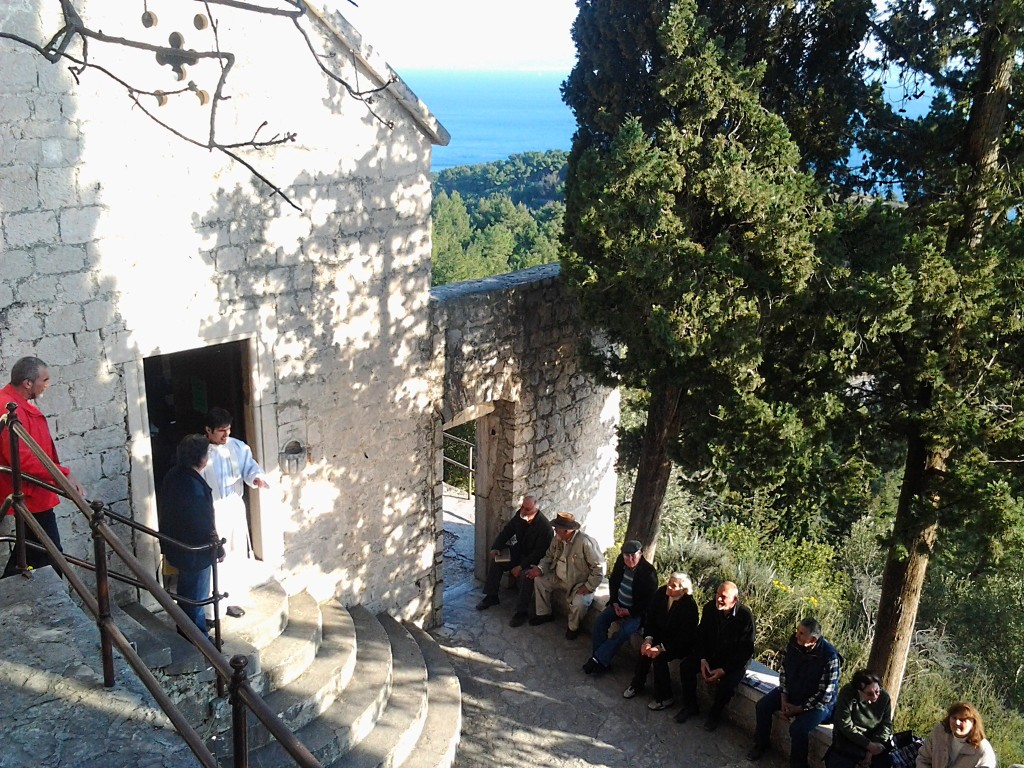The city of Split is filled with time-worn wonders, but where most monuments have been left uninhabited, this 2400 year-old colony is still fully-functional and bursting with energy. The stronghold of Emperor Diocletian has been adapted into apartments and cafe-bars, while storekeepers have set up shop its cellars. Halfway up the coast of Croatia, this thriving, harbour town attracts visitors from all around with its well-preserved Roman relics, lush parks, and a sunny-side harbour front.
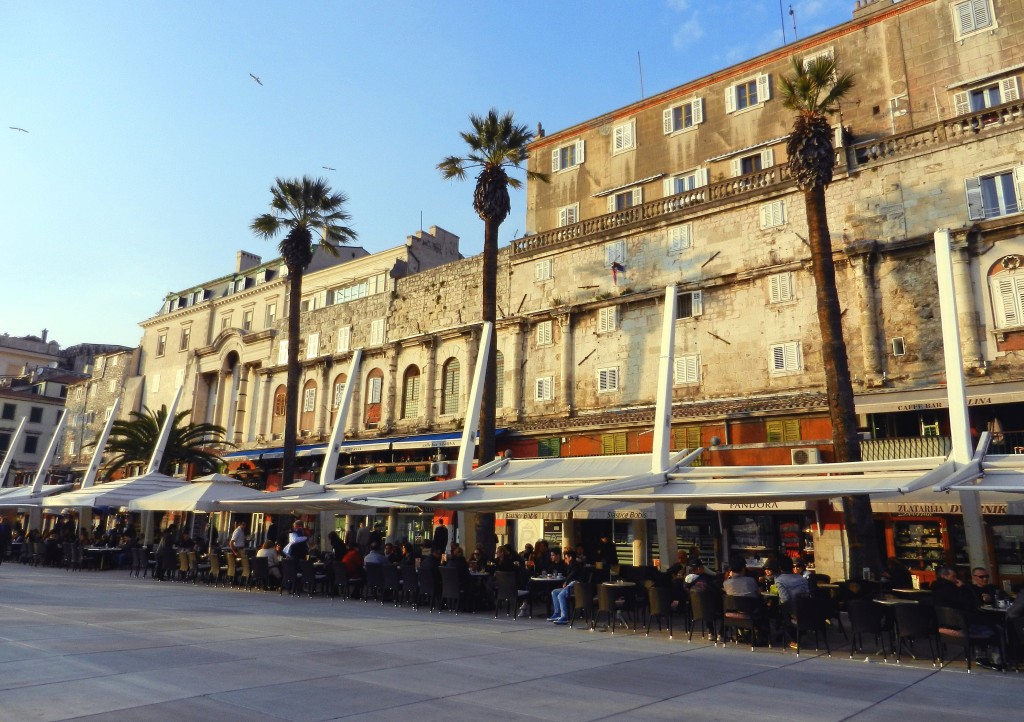
From the Greek colony of “Aspálathos” in 400 BC to the Roman “Spalatum”, the Venetian “Spalato”, and finally the Croatian “Spljet”, the city’s’ name has evolved with its rulers, though none have left a greater mark than Diocletian. After 21 years of gruelling ruling, the Roman Emperor Diocletian (244-316 AD) decided to retire from the stressful life of politics and, with his hard-earned cash, started building his very own resort on the Dalmatian coast. He constructed a grand palace on the Adriatic for his personal luxury, complete with heavy fortifications and a garrison of soldiers. This larger-than-life summer home was built out of white limestone and marble, had four gates, 16 guard towers, three temples, and held up to 10 000 people. You can bet Diocletian spent his golden years relaxing in the lap of luxury, drinking wine while being fanned by buxom, Dalmatian beauties.
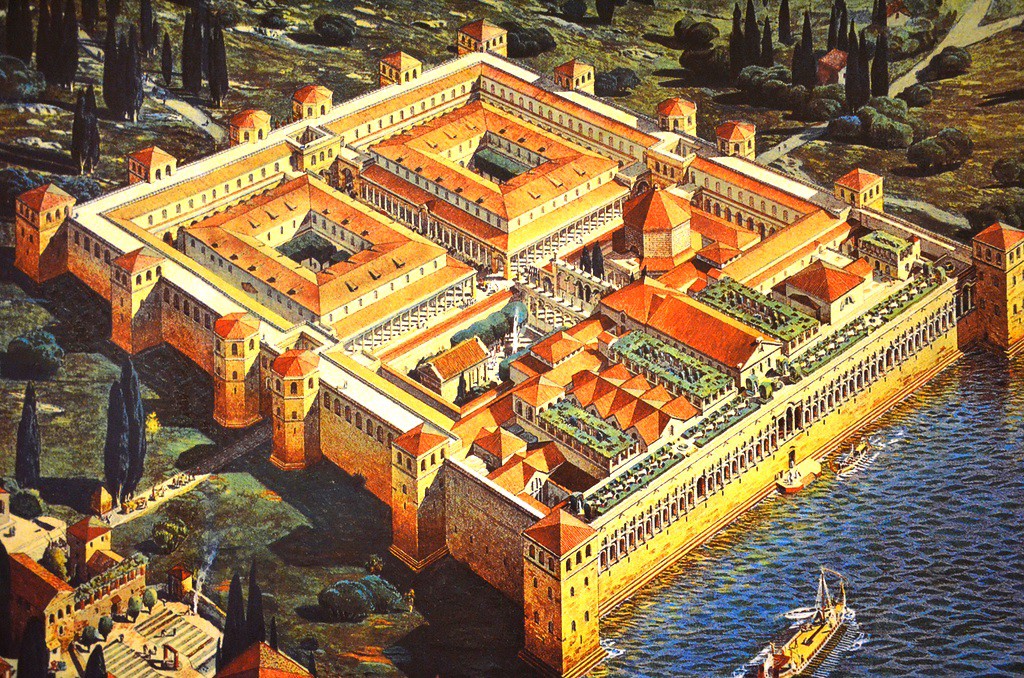
600 years later, the nearby Roman capital of Salona was sacked by invading Avars and Slavs (those pesky barbarians) and its citizens fled to the protection of Diocletian’s long-abandoned palace. The Roman refugees made themselves at home, setting up shop and eventually building a city around the remains of the 4th century citadel.

Our first experience upon entering Split was exciting and very welcoming. Having passed through major tourist attractions like Dubrovnik and Hvar, we found Split to be a “real”, thriving city where both locals and tourists were out enjoying the sunny weather on the seaside. Walking down the charming Riva Harbour, it was delightful to see locals strolling, jogging, or fishing, and friends drinking espresso at various cafes.
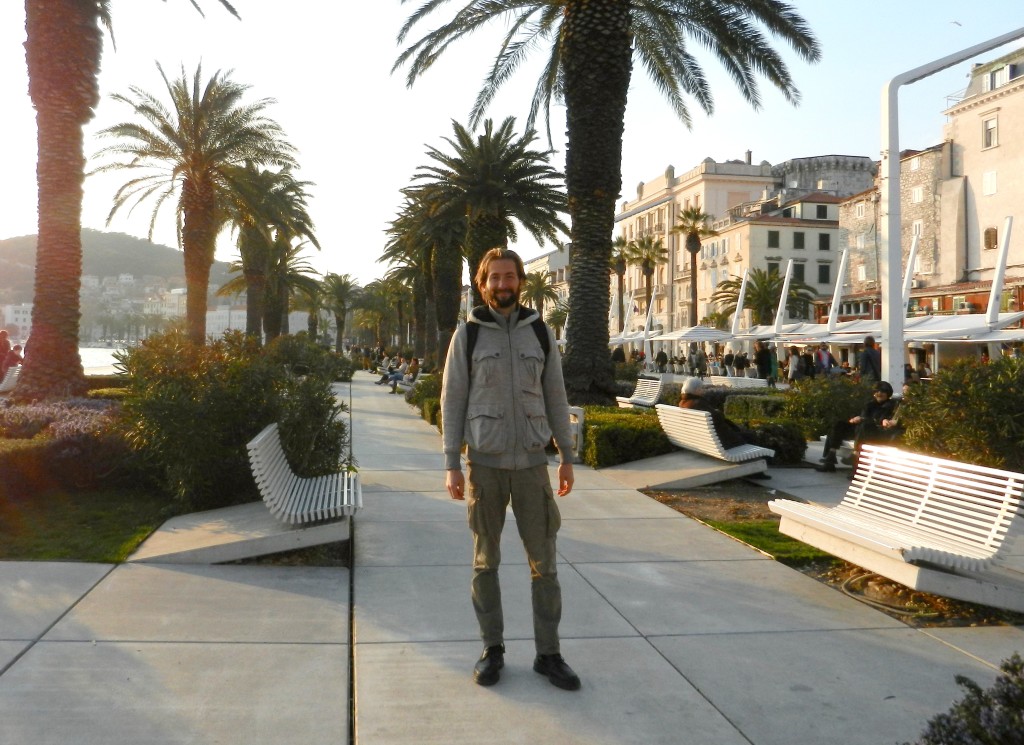
We had arranged to couchsurf at a young couple’s house for three days in Split, and they were most generous to accept. Paula and Ivan were both very busy with their projects and careers but still made time for us. Our hosts gave us tips on what to see in the city, we had great conversations about travelling and Croatian politics, and they even made wonderful meals for us. Folks, these are not the typical couchsurfer hosts, they went above and beyond to make sure our stay in Split was spectacular!
The next few days, when we weren’t hanging out with Paula and Ivan (and their cute but temperamental husky), we were exploring Diocletian’s gargantuan palace in Split’s old town centre. This ancient city centre has got to be one of the most well-preserved Roman monuments I have ever seen, with many of its marble columns and archways still standing in perfect condition. We spent hours just wandering through the palace’s labyrinthine streets, glancing at shops and apartments nestled within its walls, and pointing out secret inscriptions etched long ago. In the centre of the labyrinth lies the Peristyle square, a perfect hangout spot surrounded by Romanesque façades, with plenty of shaded space to stretch out and relax.
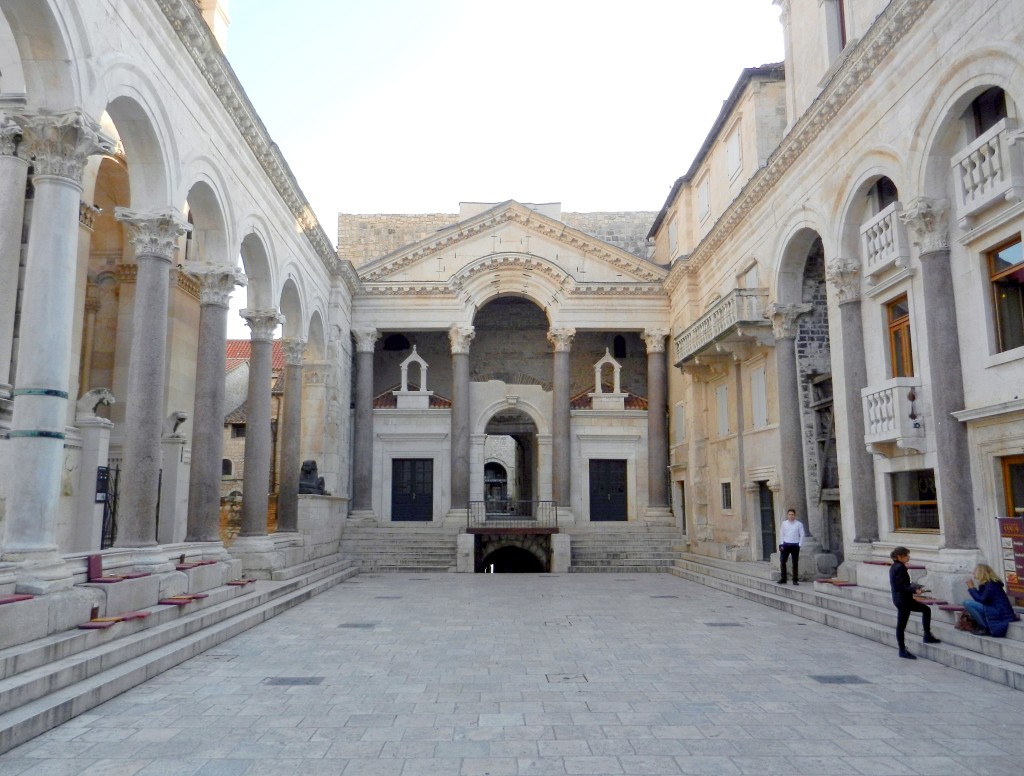
Just next to the Peristyle, hidden down a thin avenue, stands the Temple of Jupiter. This is the only one of the three temples Diocletian built that is left standing, and is dedicated to Jupiter: king of the Roman gods. Though relatively small, the temple has a tall, barrel-vaulted ceiling decorated with etchings of flowers, masks, and human faces. A headless, black-granite Sphinx guards the temple entrance, a tall doorway framed with intricately carved vines and blossoms. After the fall of the Roman Empire, the temple of the great god was converted into a Christian baptistery, and the statue of Jupiter was replaced with a figure of St. John the Baptist.
Believing that he was a descendant of Jupiter himself, Emperor Diocletian built his own Mausoleum directly across from the temple. One can notice that Diocletian’s illustrious burial chamber is significantly greater than Jupiter’s temple, a sure sign of a megalomaniac– but then again, which Roman emperor wasn’t? The chamber is octagonal in shape, encircled by 24 columns and guarded by two stone lions. Having been converted into the Cathedral of Saint Dominus by the 7th century, the interior is embellished with glittering angels and catholic icons, though the original granite columns and Roman adornments remain. The irony is that St. Dominus was a bishop persecuted and martyred by Emperor Diocletian himself in 304 AD! If you can make the climb, the cathedral’s 57-metre bell tower provides spectacular views of the entire city of Split.
Feeling like we needed to get out of the palace for a breath of fresh air, we decided to go on a day hike through Marjan Park, a 15 minute walk from the Split’s old centre. Strolling along the seaside towards Marjan was a pleasure in itself, especially our stop-over at Sustipan park. Sustipan is a quiet, green sanctuary, nestled on a tiny peninsula looking out at the Dalmation Islands. It is said that the last king of Croatia, Stephen II, would often find refuge in the 11th century chapel that still remains on the peninsula.
Leaving Sustipan, we began the climb up Marjan, a 300-hectare, densely forested park with winding trails, sandy beaches, and breathtaking views. During our hike we stumbled across a couple, medieval churches as well as several hermitages built into the cliffs. The 15th century Church of St. Jerome was small but contained a beautiful, arched ceiling painted with brightly-coloured designs (similar to the ceiling in the Temple of Jupiter). An old woman who happened to be praying inside the church looked up at us, smiled, and then beckoned for us to follow her. Shrugging to ourselves, we followed the lady outside and into a nearby hermitage-cave where isolated monks used to live and pray. We learned later that this special hermitage was only open once a year for Easter Mass and we had just happened to be there at the right time.
Rising from the remains of Emperor Diocletian’s retirement home, the city of Split has certainly become a wonder of the Adriatic. Marjan Park and its monasteries, the lively Riva Harbour, and especially Diocletian’s opulent architecture makes Split an unforgettable stop for us during our incredibly long, European journey. After saying a fond farewell to our most gracious couchsurfing hosts, Ashleigh and I begrudgingly turned our backs to the Croatian coastline and prepared to head for the hills.
